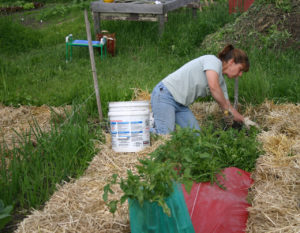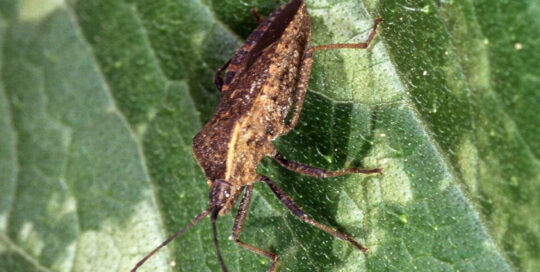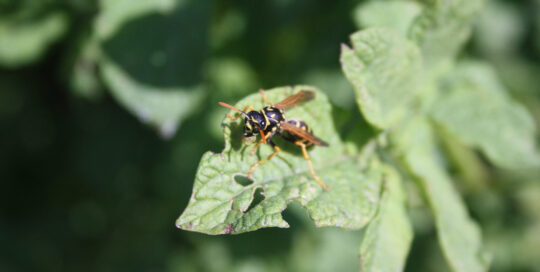Know your enemies in the weed wars
Views: 720

This week my mother was bemoaning not sprinkling a pre-emergent in her garden earlier in the season. (Of course, this was because she flew out to visit us!) I asked her what weeds are her biggest problem, but she wasn’t quite sure. This is an important piece of the puzzle. If you’re going to gain control in your garden, you need to know your enemies in the weed wars.
Is it a weed, noxious weed, invasive, or aggressive?
Get them before they appear
A pre-emergent is an excellent start to weed control. Using Trifluralin ( a popular choice in flower and vegetable gardens) or Siduron (for grasses) are popular options. When the compounds are activated by water, they actually prevent weeds seed roots from forming. This is effective on weeds that reseed such as purslane, chickweed, lambs-quarters, and mallows. It doesn’t kill the roots that are in place, but will handle new ones from sprouting.
Remember that you should not use a pre-emergent on areas where you seeded, or want to seed, desirable flowers or vegetables. It does not discriminate, meaning your plants won’t germinate! The pre-emergent will stay in the soil between 8 to 12 weeks, depending on the temperature and how much rain you receive. So if you want to plant carrots, sweet peas, or any other seeds in an area, don’t use a pre-emergent.
What to do if they sprout too soon
If you’re like my mom and don’t sprinkle a pre-emergent in time, the good news is annual weeds are sometimes easier to handle than the tenacious perennial versions. That is, if you attack quickly. Use a stirrup hoe to gently scrape the surface. Most young annual weeds are very tender and easy to uproot. And if you uproot them, they will die.
After giving the young weeds a once over, mulch the garden to knock them down some more. For pathways, layer 6-8 sheets of newspaper and cover with straw or mulch of some sort. And mulch around plants to reduce weed pressure near the plants themselves.
Handling perennial weed wars
While a pre-emergent can give you a jump on new weeds, there are often old ones waiting to make an appearance. Poison ivy, thistles, horsetail, quackgrass, and my personal nemesis, bindweed, are just a few of the characters that cause problems when the weather warms.
Perennials hold fast in the ground often by deep and sturdy roots. These plants often reproduce by a piece of root being left in — or on top of— the ground. You can try staying ahead of them with cultivation. This is often satisfying, for the moment, but doesn’t last for long.
Another option is to use a flame weeder to burst the cells and inhibit growth. You don’t want to burn the plants. This actually promotes growth. (Burning fields or grasslands has been utilized for eons to encourage new growth.) Instead, you wave the flame weeder over the plants with a goal to overheat them. They might slightly whither at first, but more distress is soon evident. Using the flame weeder feels good. But you must do it consistently to obtain a complete kill on tenacious plants.
5 Best Weed Torches April 2021
Following a thorough weeding with a good layer of mulch is also a good idea. Utilize the newspaper layers, or even cardboard, in the pathways and be sure to include mulch around the plants. Weeds look for the easiest path, even if it means traveling underground to reach it.
I know it feels impossible to ever get ahead of the weeds, but by utilizing a few of these techniques, it is feasible.
Meet Amy Grisak
Amy is a freelance author and photographer in Great Falls, MT who specializes in gardening, foods, and sustainable agriculture. She provides information on every kind…
Amy's Recent Posts

Squish Squash Bugs Before They’re a Problem








